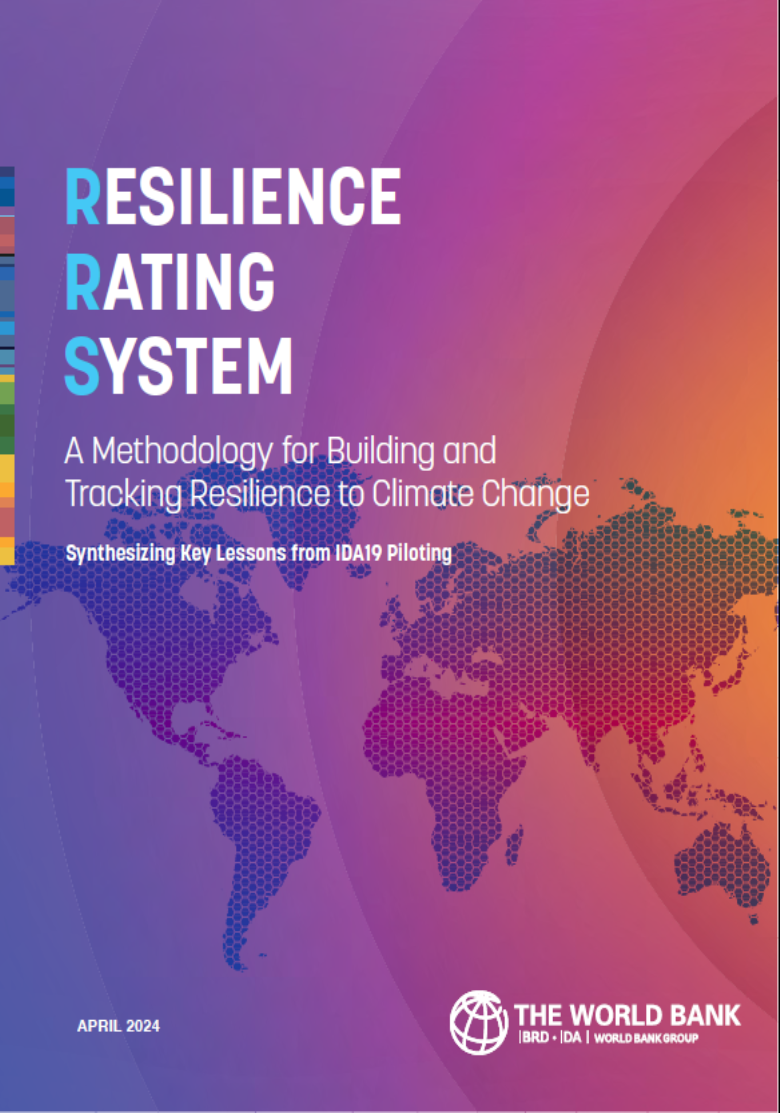With climate impacts increasing in frequency and intensity, ensuring that countries, communities and economies are more resilient is key. To help guide investment decisions and improve climate resilience in project design and outcomes, the World Bank Group has developed a Resilience Rating System (RRS), along with an accompanying climate risk stress testing method and tool. The RRS is unique in that it provides guidance and specific criteria to assess resilience along two complementary dimensions of project design:
First, it considers the resilience of the project: rating the confidence that expected investment outcomes will be achieved in spite of climate and disaster risks, based on whether a project has considered these risks and adaptation measures in its design; and
Second, it considers resilience through the project: rating a project’s contribution to the resilience of beneficiaries, communities and systems, based on expected outcomes, such as a new social protection mechanism helping a community deal with shocks or a new road helping communities evacuate before a storm; and driving transformational adaptation.
With a rating from A+ to C for each dimension, the RRS offers a simple rating to assess the quality of adaptation and resilience considerations in a project, a potential reporting tool to monitor progress on adaptation and resilience for project portfolios, and a way to support better project design to help manage the climate risks of today and the future.
The RRS was successfully piloted in 21 projects across multiple regions and sectors during FY21-FY22 (as part of IDA19). The key lessons learned from the pilot are synthesized in the paper "Resilience Rating System: Synthesizing Key Lessons from IDA19 Piloting" and summarized in the knowledge note. The RRS continues to be applied to IDA20 and in Bank operations to assess their resilience performance. They will also contribute to the wider landscape of climate risk screening and resilience metrics being undertaken by public and private actors as they seek to implement resilience measures and mobilize public and private capital toward resilient investments.





